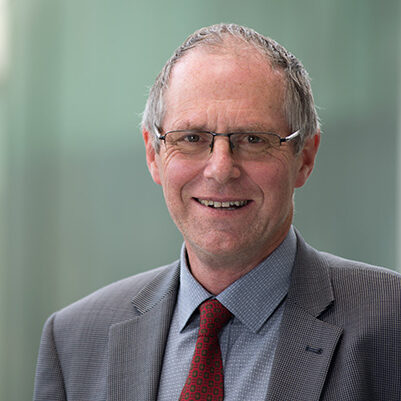Submit your poster HERE.
The deadline for poster submissions is 8 September, 2018 and decisions (as to their acceptance) will be made by 15 September, 2018.
PLEASE NOTE: Posters will be assessed as they are submitted and a decision, (as to their acceptance) will be sent to authors within 7 days of submission.
So please don’t wait until 8 September.
Submit your poster TODAY!














